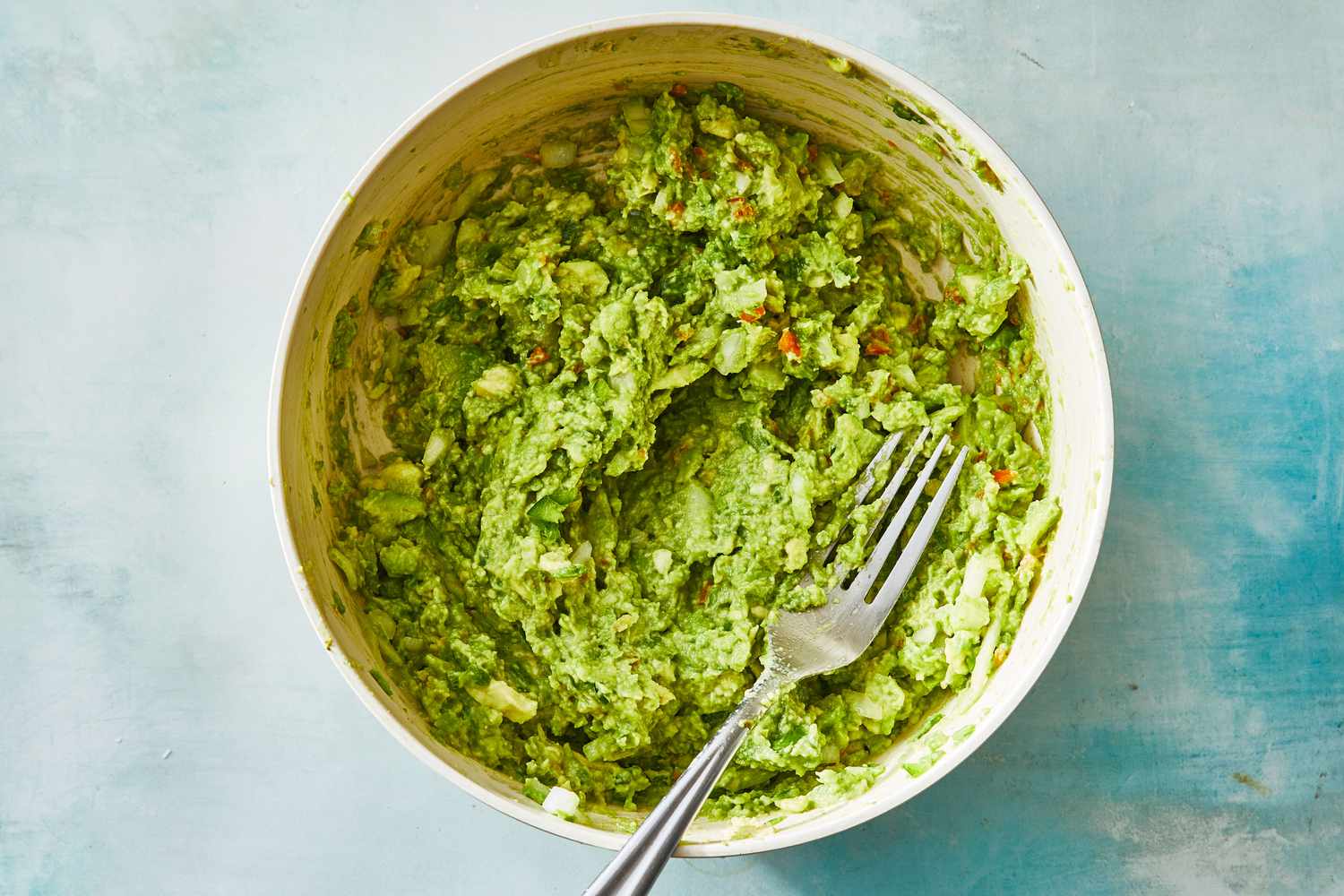

Articles
How To Store Leftover Guacamole
Modified: February 27, 2024
Learn the best methods to store leftover guacamole in this helpful article. Keep your guacamole fresh and tasty for longer with these useful tips.
(Many of the links in this article redirect to a specific reviewed product. Your purchase of these products through affiliate links helps to generate commission for Storables.com, at no extra cost. Learn more)
Introduction
Guacamole is a delicious and nutritious avocado-based dip that is widely loved and enjoyed by many. Whether you’re hosting a party, having a Mexican-themed dinner, or simply craving a tasty snack, making guacamole is a surefire way to satisfy your taste buds. However, like any homemade dish, there is often some leftover guacamole that needs to be stored properly for future use.
Storing leftover guacamole is crucial to ensure its freshness and prevent it from spoiling. When exposed to air, guacamole can quickly turn brown and develop an unpleasant texture. But don’t worry, in this article, we will explore various methods and tips to help you store your leftover guacamole so that it remains delicious and ready to be enjoyed at a later time.
Key Takeaways:
- Properly storing leftover guacamole is crucial to maintain its freshness, flavor, and texture, allowing you to enjoy this delicious dip for future occasions and reduce food waste.
- Whether using the plastic wrap method, storage containers, citrus juice, or freezing, there are various effective ways to store leftover guacamole, each with its unique advantages and considerations.
Read more: How To Store Guacamole
Why is Storing Leftover Guacamole Important?
When it comes to guacamole, freshness is key. The vibrant green color and creamy texture of freshly made guacamole are what make it so appealing. However, once avocados are exposed to air, they begin to oxidize, causing the guacamole to turn brown. Additionally, bacteria can quickly multiply in guacamole, leading to spoilage and potential foodborne illnesses if not stored properly.
By storing leftover guacamole correctly, you can extend its shelf life and maintain its optimal flavor and texture. This allows you to enjoy your guacamole for longer periods and reduce food waste. Whether you want to save some for later or keep it fresh for a few more days after a gathering, learning the best methods for storing leftover guacamole is essential.
Proper storage also allows you to plan ahead and have guacamole ready for quick meals or impromptu gatherings. Instead of starting from scratch every time, you can save time by having pre-made guacamole on hand.
Additionally, if you love to experiment with different flavors and ingredients in your guacamole, storing the leftovers allows the flavors to meld together even more, resulting in a more delicious and complex taste.
In summary, storing leftover guacamole is important to:
- Prevent oxidation and maintain its appealing green color.
- Prevent the growth of bacteria and foodborne illnesses.
- Reduce food waste and extend the shelf life of the guacamole.
- Save time and have guacamole ready for future meals or gatherings.
- Enhance the flavors by allowing them to meld together.
Now that we understand the importance of properly storing leftover guacamole, let’s explore some tips and methods to help you do just that.
Tips for Preparing Guacamole for Storage
Before we delve into the various methods of storing leftover guacamole, it’s essential to prepare it properly to ensure optimal storage conditions. Here are some tips to follow when preparing guacamole for storage:
- Choose the right avocados: Select ripe but not overripe avocados for your guacamole. Overripe avocados will result in mushy guacamole that may not store well.
- Use fresh ingredients: Make sure all the ingredients that go into your guacamole are fresh and of the highest quality. This will not only enhance the taste but also contribute to better storage results.
- Minimize air exposure: The main culprit behind guacamole browning is exposure to air. Try to minimize the amount of air that comes into contact with the guacamole during preparation and storage.
- Don’t overmix: When mixing the ingredients, be gentle and avoid overmixing. Overmixing can break down the texture of the avocados and result in a watery guacamole that won’t store well.
- Adjust seasoning: Consider slightly increasing the seasoning, such as salt and lime juice, as flavors tend to mellow out slightly during storage.
By following these tips, you’ll be well on your way to preparing guacamole that is primed for storage and maintains its freshness and flavor.
Now that you’ve prepared your guacamole, let’s explore some of the best methods for storing it so that you can enjoy it later.
Option 1: Using Plastic Wrap Method
The plastic wrap method is one of the simplest and most cost-effective ways to store leftover guacamole. This method creates a barrier between the guacamole and the air, helping to preserve its freshness and prevent browning. Here’s how you can use the plastic wrap method:
- Prepare the guacamole: Make sure your guacamole is properly prepared according to your recipe or preference.
- Transfer to a bowl: Transfer the guacamole to a bowl with a tight-fitting lid. Choose a container that is just the right size to minimize air space.
- Press plastic wrap directly onto the surface: Take a piece of plastic wrap and place it directly onto the surface of the guacamole. Make sure it is pressed down firmly, ensuring there are no air pockets.
- Seal the bowl with the lid: Place the lid on the bowl and ensure it is tightly sealed.
- Refrigerate: Place the bowl of guacamole in the refrigerator, preferably towards the back where temperatures are more stable.
When you’re ready to enjoy the leftover guacamole, simply remove the plastic wrap and give it a quick stir. The guacamole should still be fresh and vibrant.
Using the plastic wrap method helps minimize the guacamole’s exposure to air, which significantly reduces the chances of oxidation and browning. It’s a convenient and effective method, especially when you don’t have specialized storage containers on hand.
However, keep in mind that the plastic wrap method may not provide as airtight of a seal as other methods, so it’s best to consume the guacamole within a day or two for the best quality.
Now that you’re familiar with the plastic wrap method, let’s explore an alternative option for storing your leftover guacamole.
Option 2: Using Storage Containers
Another efficient method for storing leftover guacamole is by using storage containers specifically designed for food preservation. These containers provide an airtight seal, preventing air from reaching the guacamole and causing it to oxidize and spoil. Here’s how you can use storage containers to store your guacamole:
- Prepare the guacamole: Ensure that your guacamole is properly prepared and ready for storage.
- Select the right container: Choose a storage container that is just the right size to hold the amount of guacamole you have without excess air space. Glass containers with locking lids or containers with airtight silicone seals work best.
- Transfer the guacamole: Transfer the guacamole into the container, leaving a little bit of space at the top for expansion when it freezes.
- Smooth the surface and seal the lid: Use a spatula to smooth the surface of the guacamole, ensuring there are no air pockets. Then, seal the lid tightly to create an airtight seal.
- Label and date: To keep track of when you stored the guacamole, it’s helpful to label the container with the date. This way, you can easily determine its freshness when you’re ready to consume it.
- Refrigerate or freeze: Place the container of guacamole in the refrigerator if you plan to consume it within a couple of days. If you want to store it for longer, you can also freeze it (more on that in the next section).
Using storage containers not only helps seal in the freshness and prevent oxidation but also allows you to stack and organize your guacamole in the refrigerator or freezer. This method is particularly suitable for those who frequently make guacamole and want to store larger batches for future use.
When you’re ready to enjoy the stored guacamole, simply remove it from the refrigerator, let it come to room temperature, and give it a quick stir. The guacamole should retain its flavor and texture.
Now that you’re familiar with using storage containers to store guacamole, let’s explore another option that involves citrus juice.
Read more: How To Store Homemade Guacamole
Option 3: Utilizing Lemon or Lime Juice
For those looking to enhance the freshness and prevent browning of their leftover guacamole, utilizing lemon or lime juice is a fantastic option. The natural acidity in these citrus fruits helps to slow down oxidation and maintain the vibrant green color of the guacamole. Here’s how you can utilize lemon or lime juice to store your guacamole:
- Prepare the guacamole: Ensure your guacamole is well prepared according to your recipe or taste preference.
- Transfer the guacamole to a bowl: Transfer the guacamole to a bowl with a tight-fitting lid.
- Add lemon or lime juice: Squeeze fresh lemon or lime juice directly over the surface of the guacamole. The juice should cover the entire surface. The acidity of the juice acts as a natural preservative and helps prevent browning.
- Press plastic wrap onto the surface: Take a piece of plastic wrap and press it directly onto the surface of the guacamole, ensuring there is no air trapped between the guacamole and the wrap.
- Seal the bowl with the lid: Place the lid on the bowl and seal it tightly to prevent air from reaching the guacamole.
- Refrigerate: Place the bowl of guacamole in the refrigerator, where it can be stored for a few days.
When you’re ready to enjoy your guacamole, simply remove the plastic wrap and give it a stir. The guacamole should retain its fresh flavor and vibrant green color.
Utilizing lemon or lime juice not only helps preserve the guacamole’s appearance but also adds a subtle tangy flavor that complements the creamy avocado. It’s a simple and effective method that can be used for smaller quantities of guacamole.
Now that you know how to utilize lemon or lime juice to store guacamole, let’s explore an option for those looking to store guacamole for longer periods.
To store leftover guacamole, press plastic wrap directly onto the surface to prevent browning, then cover with an airtight lid. Store in the refrigerator for up to 2 days.
Option 4: Freezing Guacamole
If you have a large quantity of leftover guacamole or want to store it for an extended period, freezing is an excellent option. Freezing guacamole allows you to preserve it for months while retaining its flavor and texture. Here’s how you can freeze guacamole:
- Prepare the guacamole: Make sure your guacamole is properly prepared and ready for storage.
- Transfer to a freezer-safe container: Choose a container that is suitable for freezing. Airtight containers or resealable freezer bags work well. For added protection against freezer burn, consider using a vacuum-sealed bag if available.
- Squeeze lemon or lime juice: Before adding the guacamole to the container, squeeze some fresh lemon or lime juice over it. The citrus juice will help preserve the color and texture of the guacamole during freezing.
- Spoon the guacamole into the container: Spoon the guacamole into the container, leaving some headspace for expansion during freezing. If using a bag, remove as much air as possible and seal it tightly.
- Label and date: It’s essential to label the container with the date of freezing so that you can keep track of its freshness.
- Place in the freezer: Put the container of guacamole in the freezer, preferably in a flat position to maximize storage space.
Frozen guacamole can be stored for up to 3-4 months without significant loss in quality. When you’re ready to consume it, remove the container from the freezer and let it thaw in the refrigerator overnight. Once thawed, give the guacamole a gentle stir to restore its creamy texture. It’s important to note that frozen guacamole may have a slightly softer texture compared to freshly made guacamole, but the flavor should remain intact.
Freezing guacamole is ideal for meal prepping, making ahead for parties, or when you come across a great deal on avocados and want to stock up on guacamole for future use.
Now that you know how to freeze guacamole, let’s move on to some general best practices for storing guacamole, regardless of the method you choose.
Best Practices for Storing Guacamole
To ensure that your guacamole remains fresh and tasty, here are some best practices to follow when storing it:
- Store it quickly: Guacamole is best stored as soon as possible after preparation to minimize exposure to air and prevent oxidation.
- Minimize air contact: Whether you’re using plastic wrap, storage containers, or citrus juice, the key is to create a barrier between the guacamole and the air. This helps maintain its vibrant green color and prevents browning.
- Choose the right storage container: Opt for containers that are designed for food storage, such as airtight containers or resealable bags. These containers help maintain the freshness and prevent any odors from seeping in or out.
- Label and date: Always label your stored guacamole with the date it was prepared or frozen. This way, you can keep track of its freshness and know when it needs to be consumed.
- Refrigerate or freeze promptly: Place the guacamole in the refrigerator as soon as it’s prepared. If storing for longer periods, transfer it to the freezer promptly.
- Keep it cool and avoid temperature fluctuations: Store guacamole in the coldest part of your refrigerator, such as the back section. Avoid exposing it to temperature fluctuations, which can affect its quality.
- Thaw frozen guacamole properly: When thawing frozen guacamole, do so in the refrigerator overnight rather than at room temperature. This gradual thawing helps preserve its texture.
- Use within recommended timeframes: While properly stored guacamole can stay fresh for a few days to a couple of months, it’s best to consume it within the recommended timeframes to ensure the best quality and taste.
By following these best practices, you can maximize the shelf life of your guacamole and enjoy it at its best. Now let’s explore how long you can safely store guacamole before it starts to spoil.
How Long Can Guacamole be Stored?
The shelf life of guacamole varies depending on how it is stored. Let’s take a look at the different storage methods and their corresponding storage times:
- Refrigerated guacamole: When stored in an airtight container in the refrigerator, guacamole can typically be kept for about 2-3 days. However, note that the quality may start to deteriorate after the first day, with browning and texture changes occurring.
- Frozen guacamole: When properly stored in the freezer, guacamole can be kept for up to 3-4 months. However, it’s important to note that the texture may become slightly softer after thawing.
While these are general guidelines, it’s essential to use your senses to determine if the guacamole is still safe to consume. If you notice any signs of spoilage such as an off odor, mold growth, or a slimy texture, it’s best to discard the guacamole to avoid any potential foodborne illness.
Remember, guacamole made with fresh ingredients will generally have a shorter shelf life compared to store-bought options with preservatives. It’s always best to consume guacamole as soon as possible for the highest quality and flavor.
Now that you know how long guacamole can be stored, let’s explore some warning signs to look out for to determine if your guacamole has gone bad.
Read more: How To Store Fresh Guacamole
Warning Signs of Spoiled Guacamole
It’s important to be aware of the warning signs that indicate your guacamole has spoiled. Here are some signs to look out for:
- Off odor: If your guacamole emits an unpleasant or sour smell, it may be an indication that it has gone bad. Trust your sense of smell and discard the guacamole if it smells off.
- Mold growth: Visual indications of mold growth, such as fuzzy patches or unusual colors, are clear signs that your guacamole is no longer safe to consume.
- Slimy texture: If the guacamole has turned slimy or has developed a watery consistency, it is a sign of spoilage and should be discarded. Fresh guacamole should have a smooth, creamy texture.
- Discoloration: While slight browning is natural for guacamole due to oxidation, excessive discoloration or a dark, slimy appearance indicates spoilage.
- Unusual taste: If your guacamole tastes different than normal, has a strange or off taste, it is best to err on the side of caution and avoid consuming it.
It’s crucial to remember that guacamole is a perishable food, and when stored improperly or for too long, it can become a breeding ground for harmful bacteria. To ensure your safety, always discard guacamole that displays any of these warning signs of spoilage.
By being attentive and using your senses, you can protect yourself and your loved ones from consuming spoiled or potentially unsafe guacamole.
Now that you’re aware of the warning signs, let’s conclude the article with some final thoughts.
Conclusion
Storing leftover guacamole properly is essential to maintain its freshness, flavor, and texture. Whether you choose to use the plastic wrap method, storage containers, citrus juice, or freezing, each method has its advantages and ensures that your guacamole remains delicious for future enjoyment.
By following the tips for preparing guacamole for storage, such as using fresh ingredients, minimizing air exposure, and adjusting seasonings, you can enhance the longevity of your guacamole.
The plastic wrap method provides a simple and cost-effective solution, while storage containers offer convenience and organization. Utilizing lemon or lime juice adds a tangy twist and helps prevent browning, while freezing guacamole allows for long-term storage without compromising its taste.
It’s important to adhere to best practices, including proper labeling, refrigeration or freezing promptly, and thawing frozen guacamole in the refrigerator. By doing so, you can ensure the optimal shelf life and quality of your guacamole.
Remember that guacamole can be stored in the refrigerator for a couple of days and in the freezer for several months. However, always rely on your senses and be aware of warning signs of spoiled guacamole, such as off odors, mold growth, slimy texture, discoloration, or unusual tastes.
By understanding the importance of proper storage and following the recommended guidelines, you can enjoy your guacamole for longer periods, reduce food waste, and always have a delicious dip ready for any occasion.
Now that you’re equipped with the knowledge and tips for storing leftover guacamole, go ahead and savor every spoonful of your homemade guacamole, knowing that you can enjoy it fresh and delicious even days or months later.
Frequently Asked Questions about How To Store Leftover Guacamole
Was this page helpful?
At Storables.com, we guarantee accurate and reliable information. Our content, validated by Expert Board Contributors, is crafted following stringent Editorial Policies. We're committed to providing you with well-researched, expert-backed insights for all your informational needs.
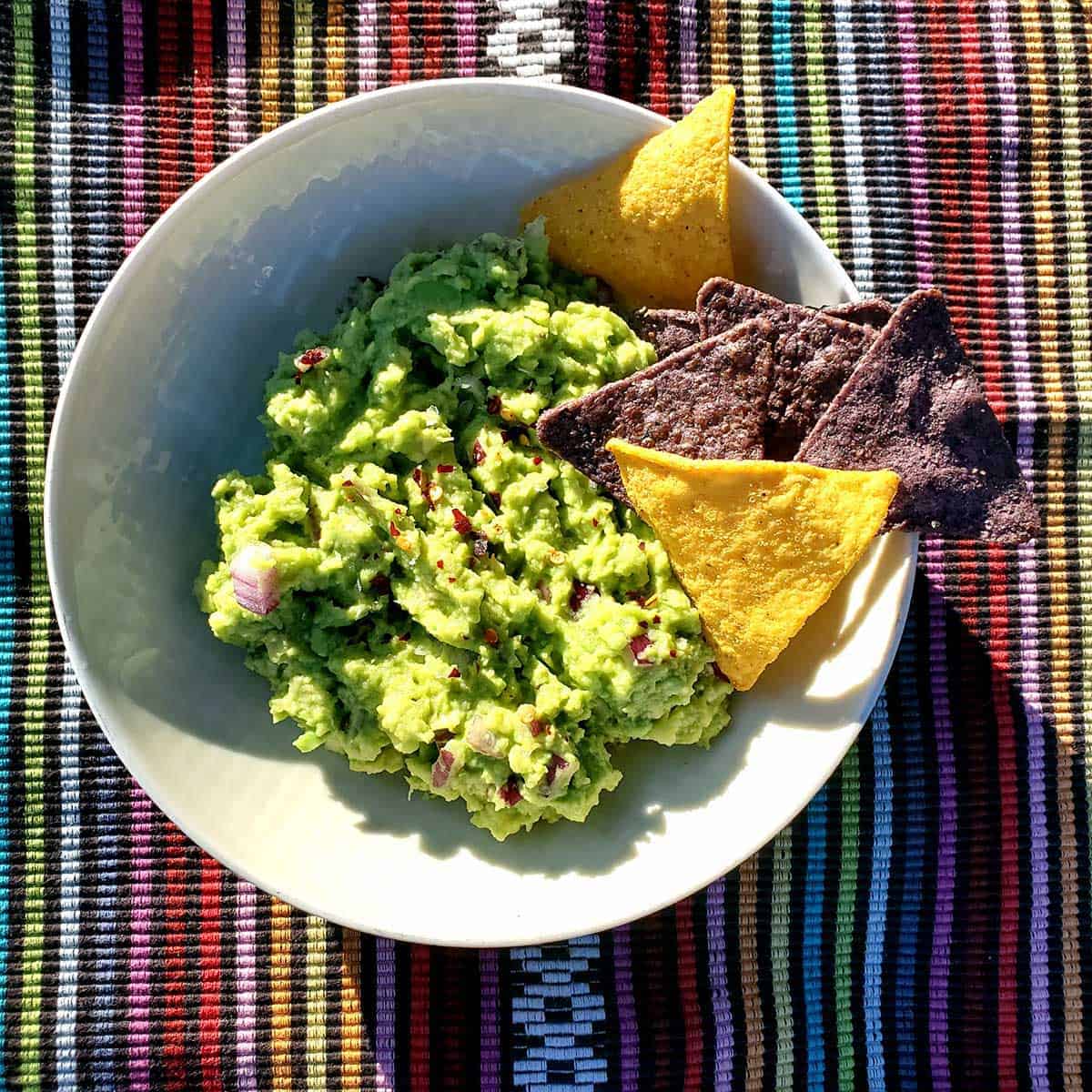
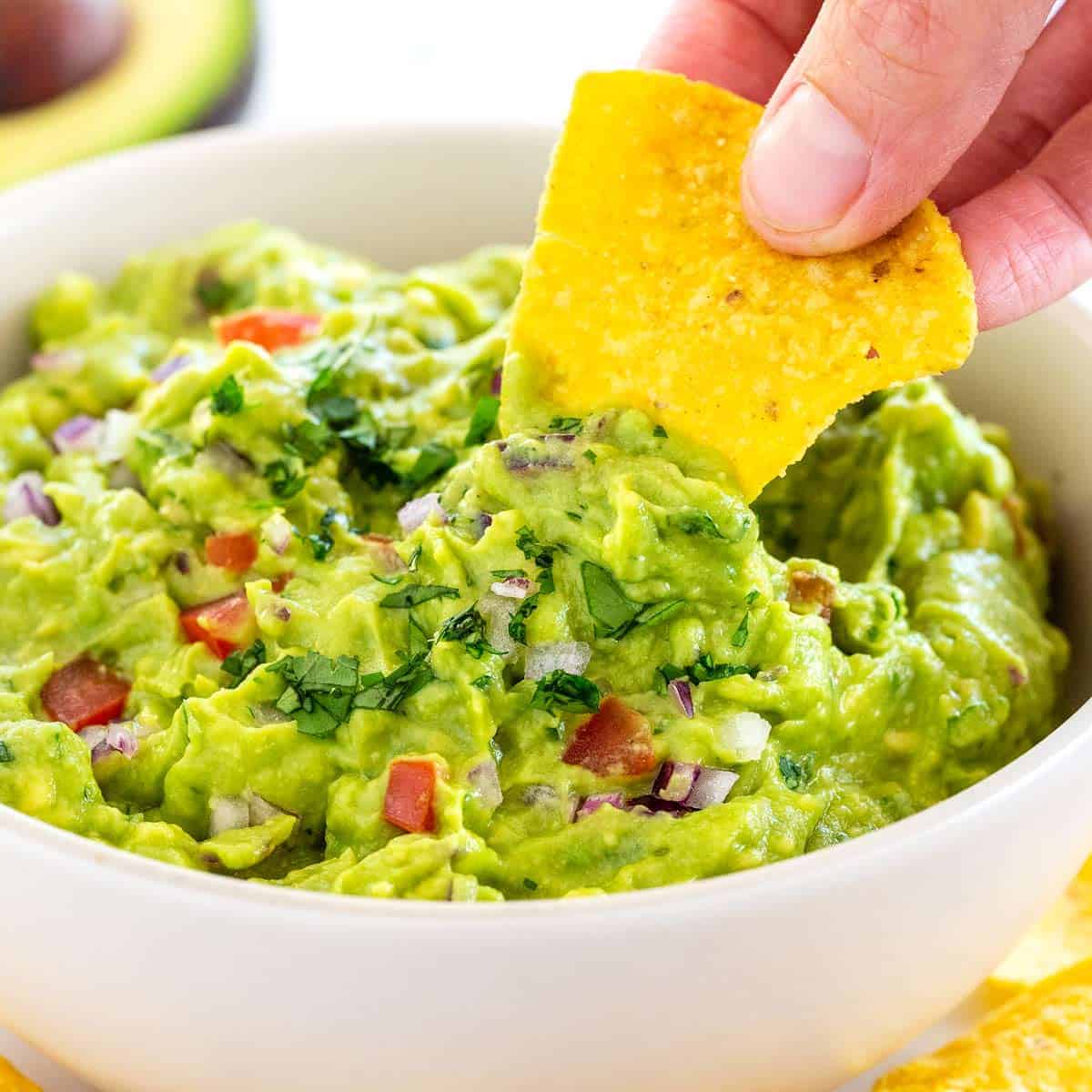
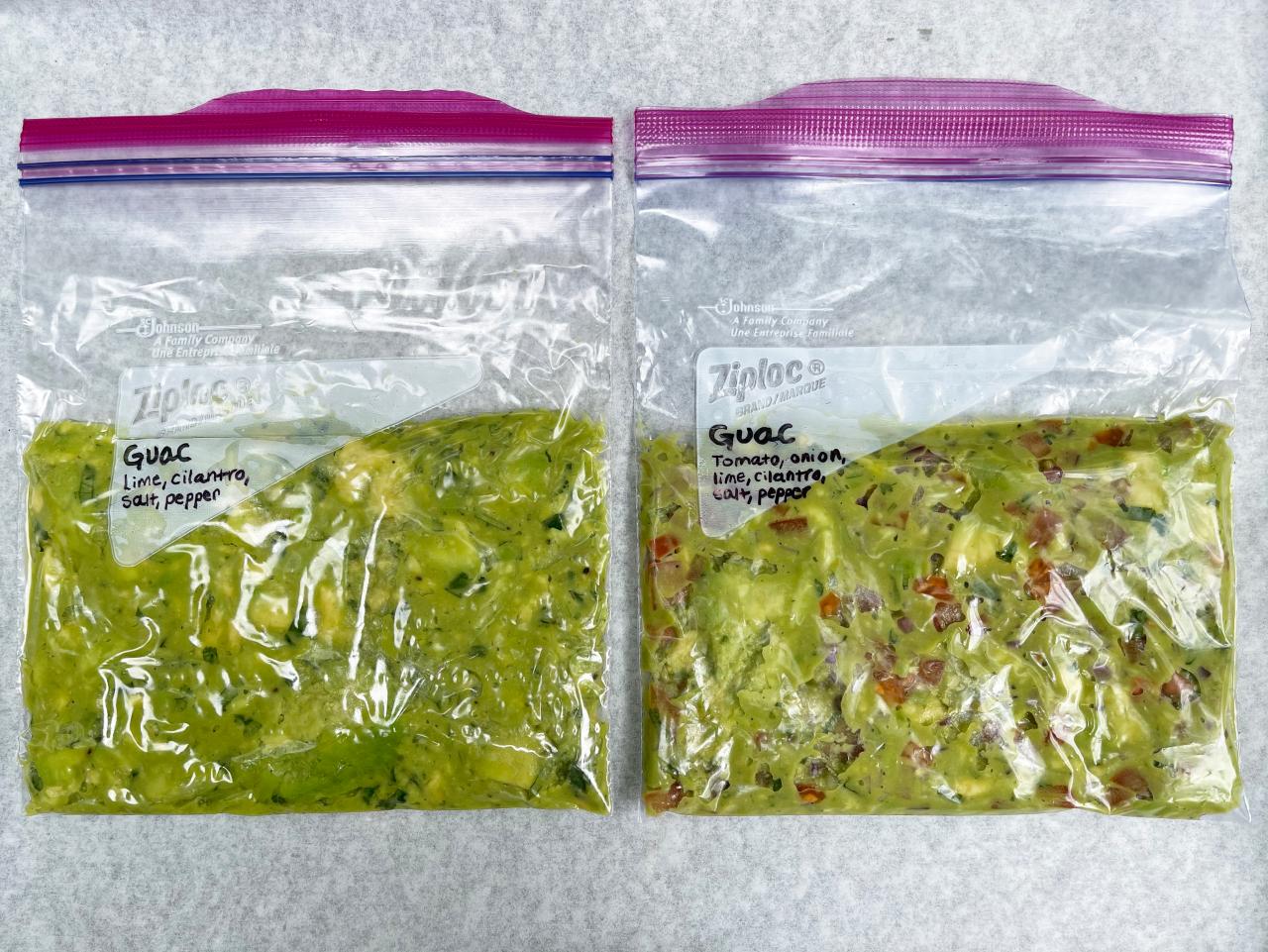
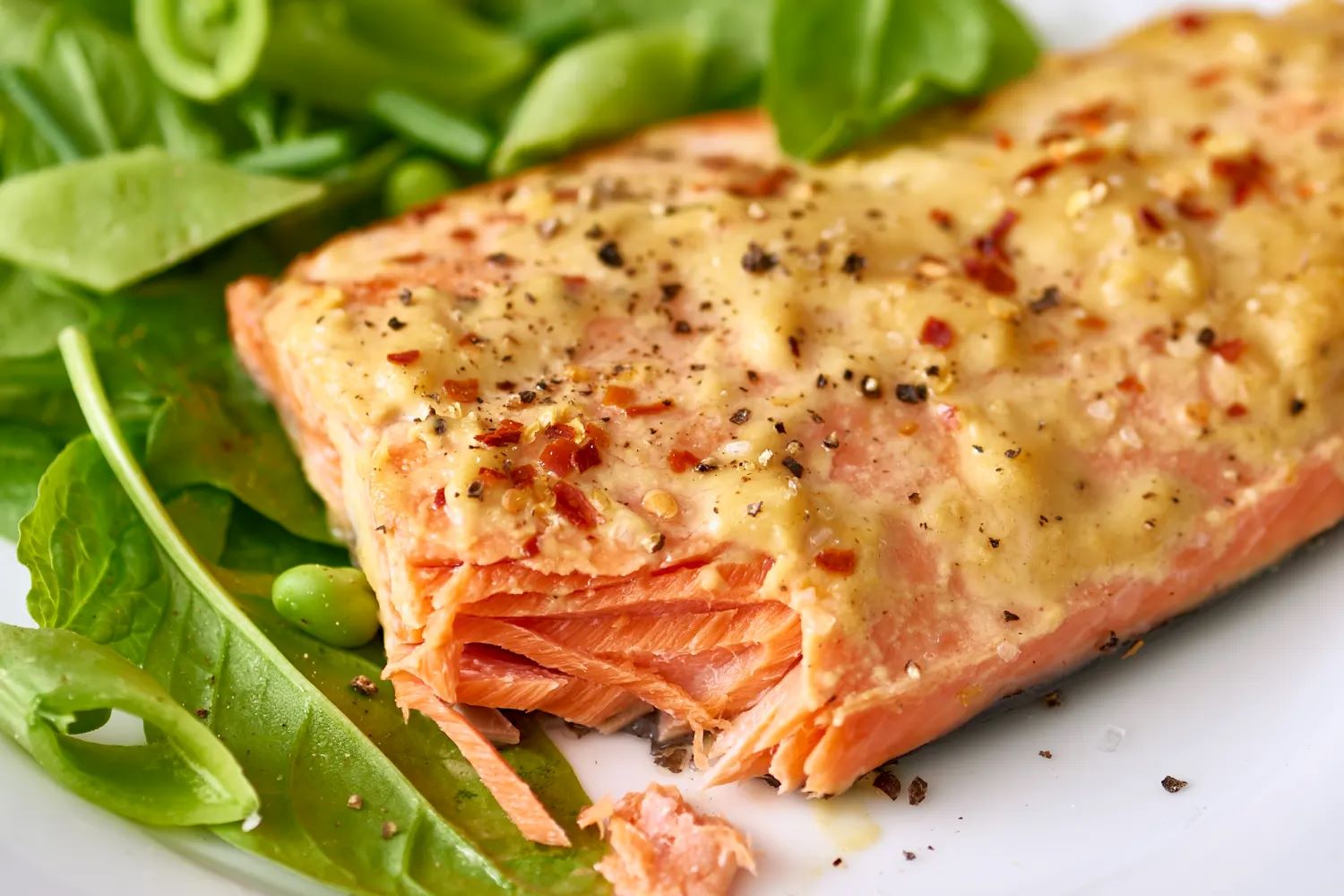
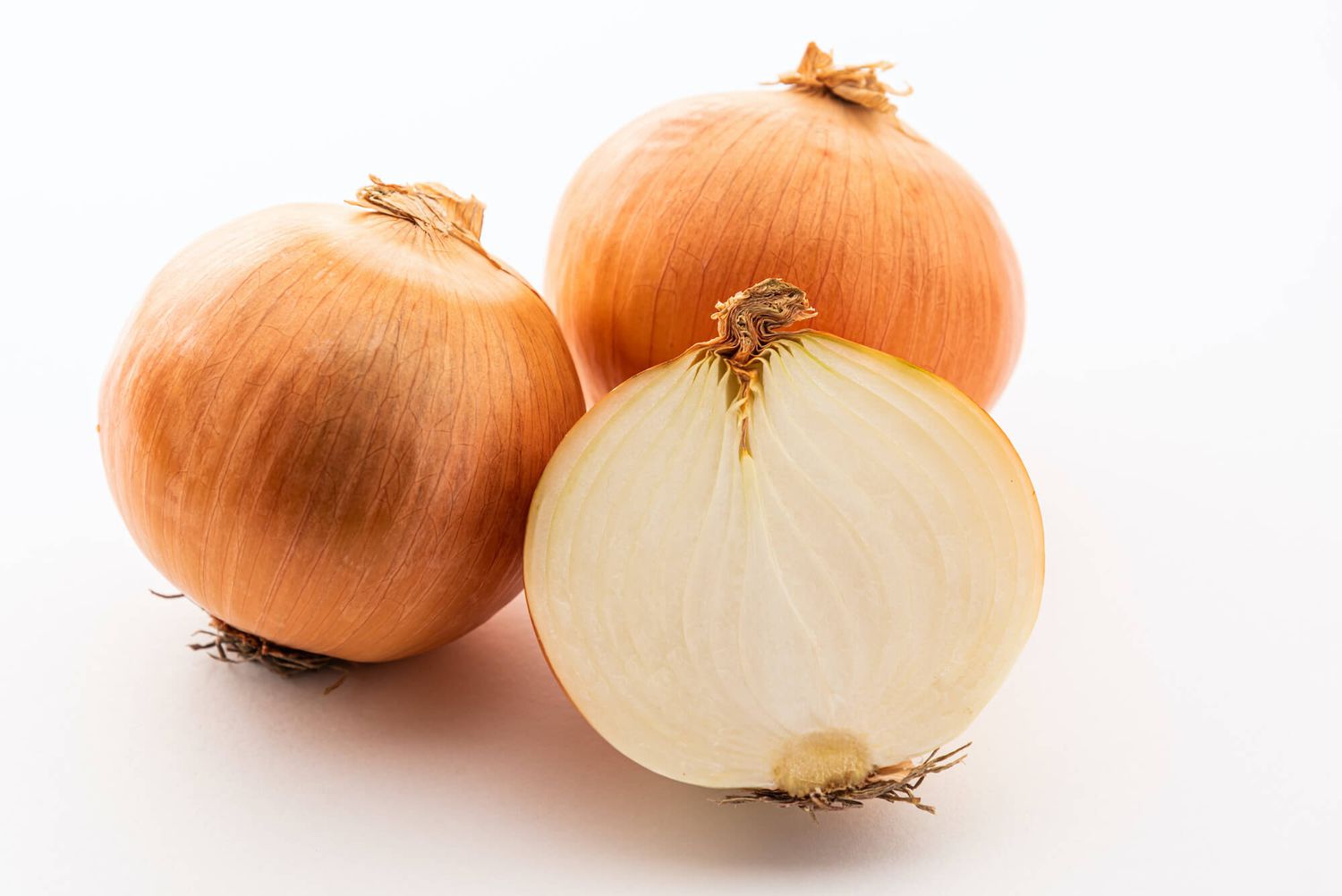
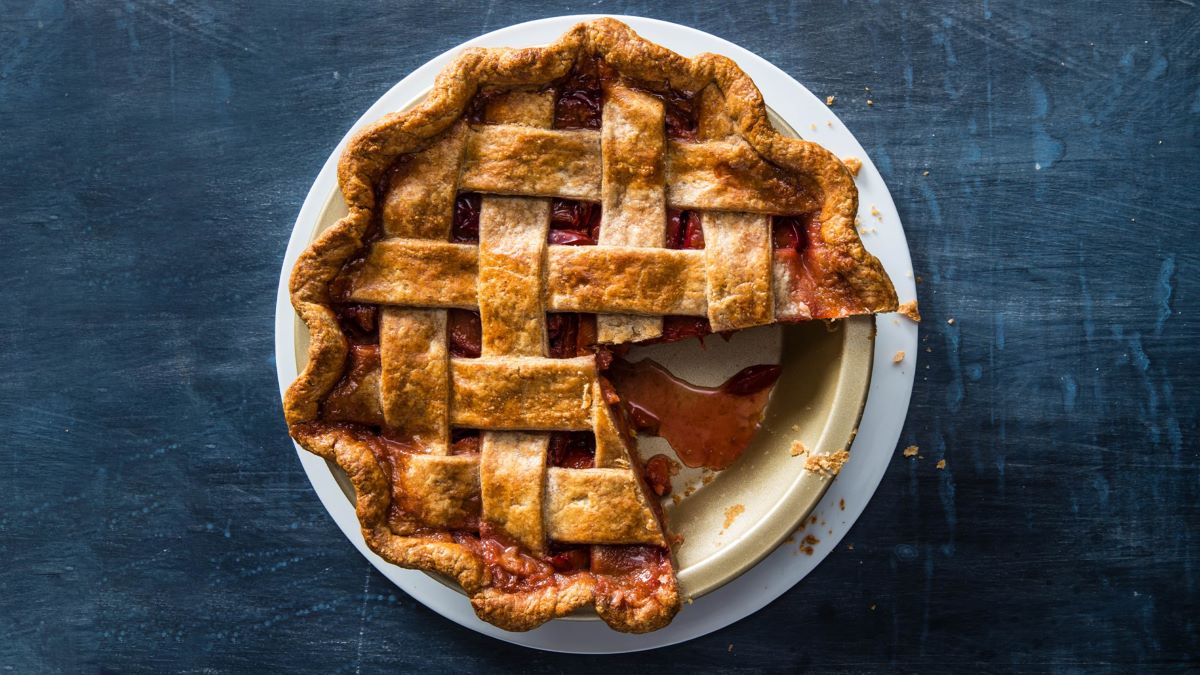
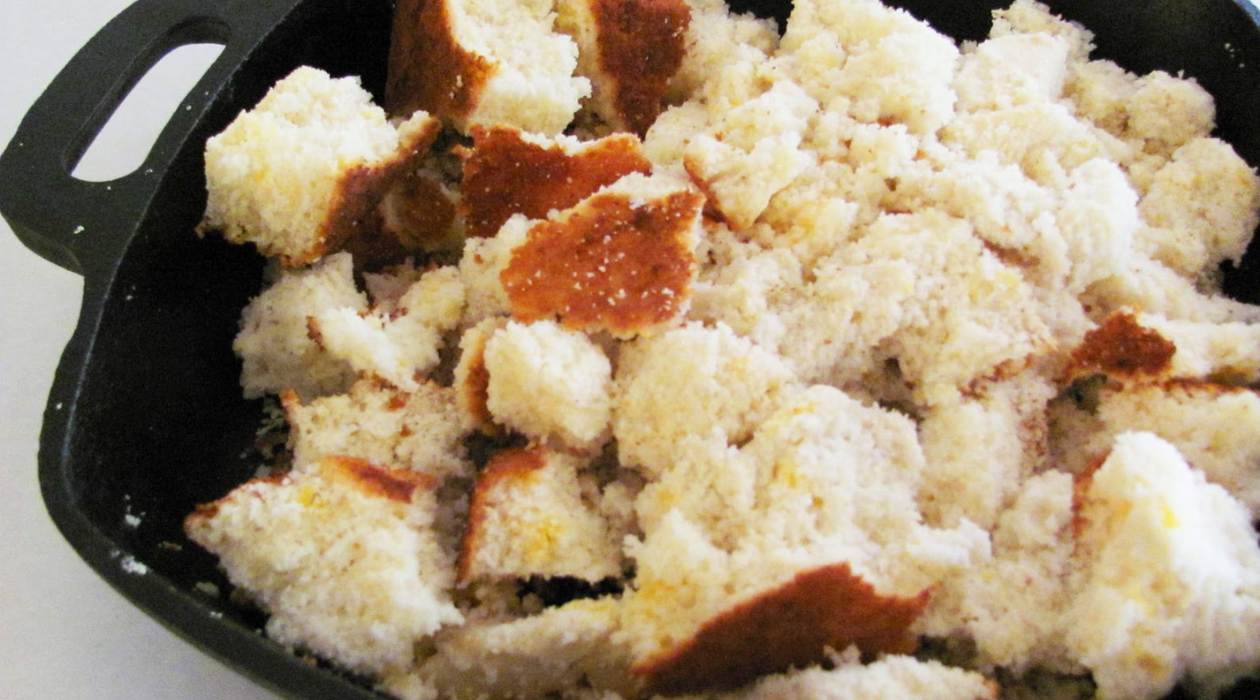
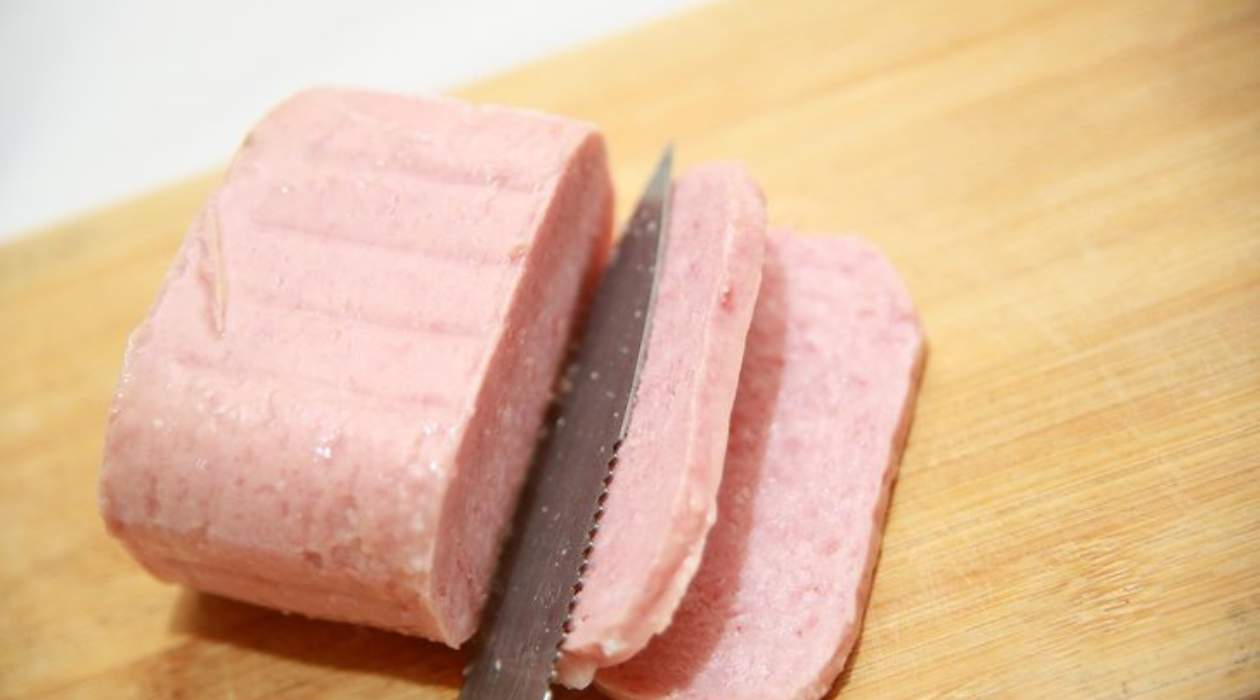
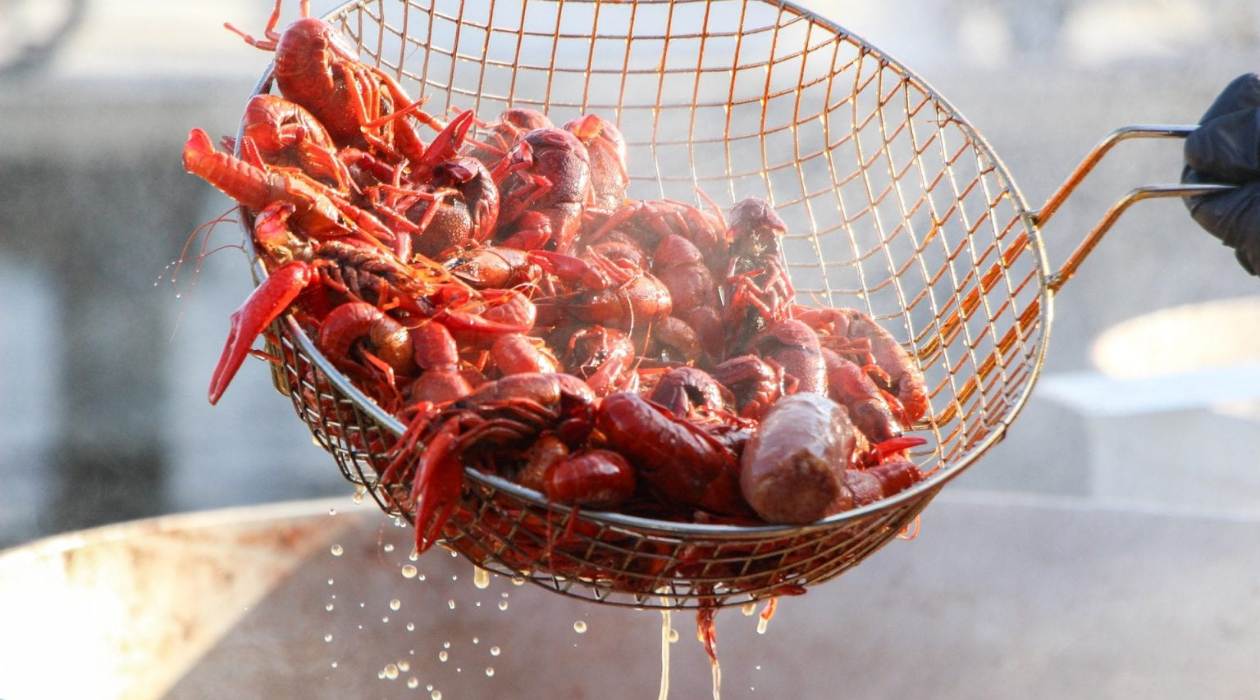
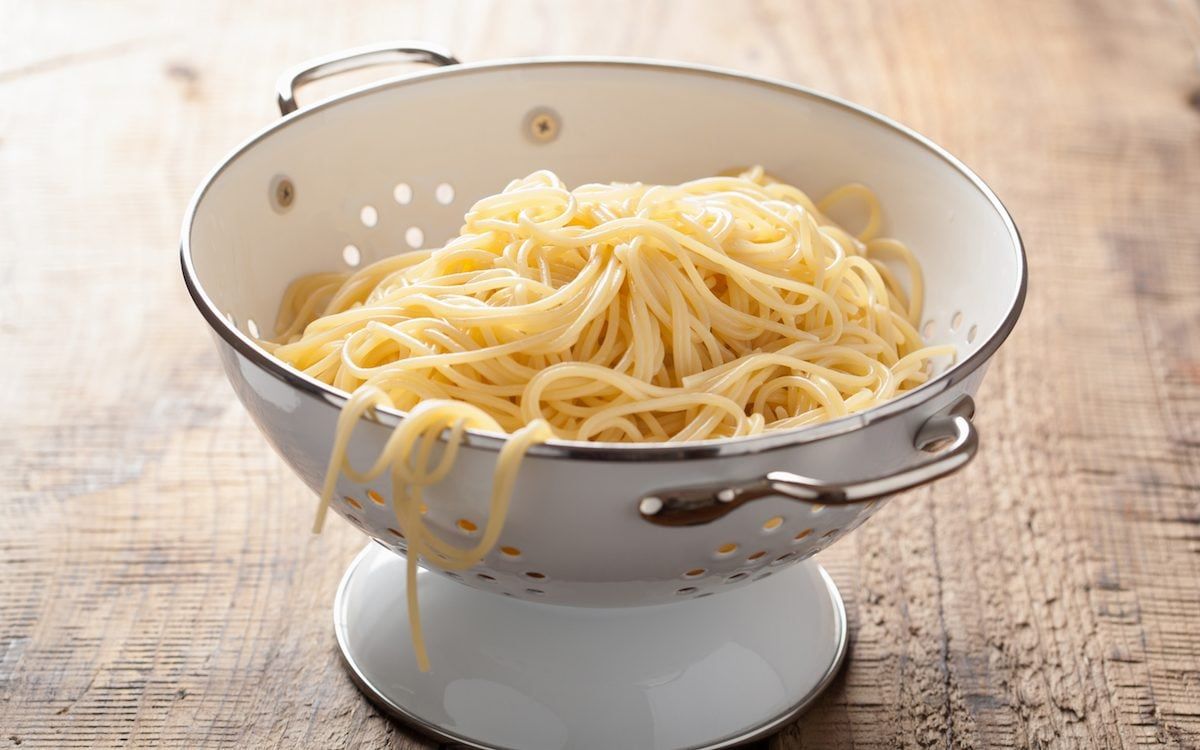

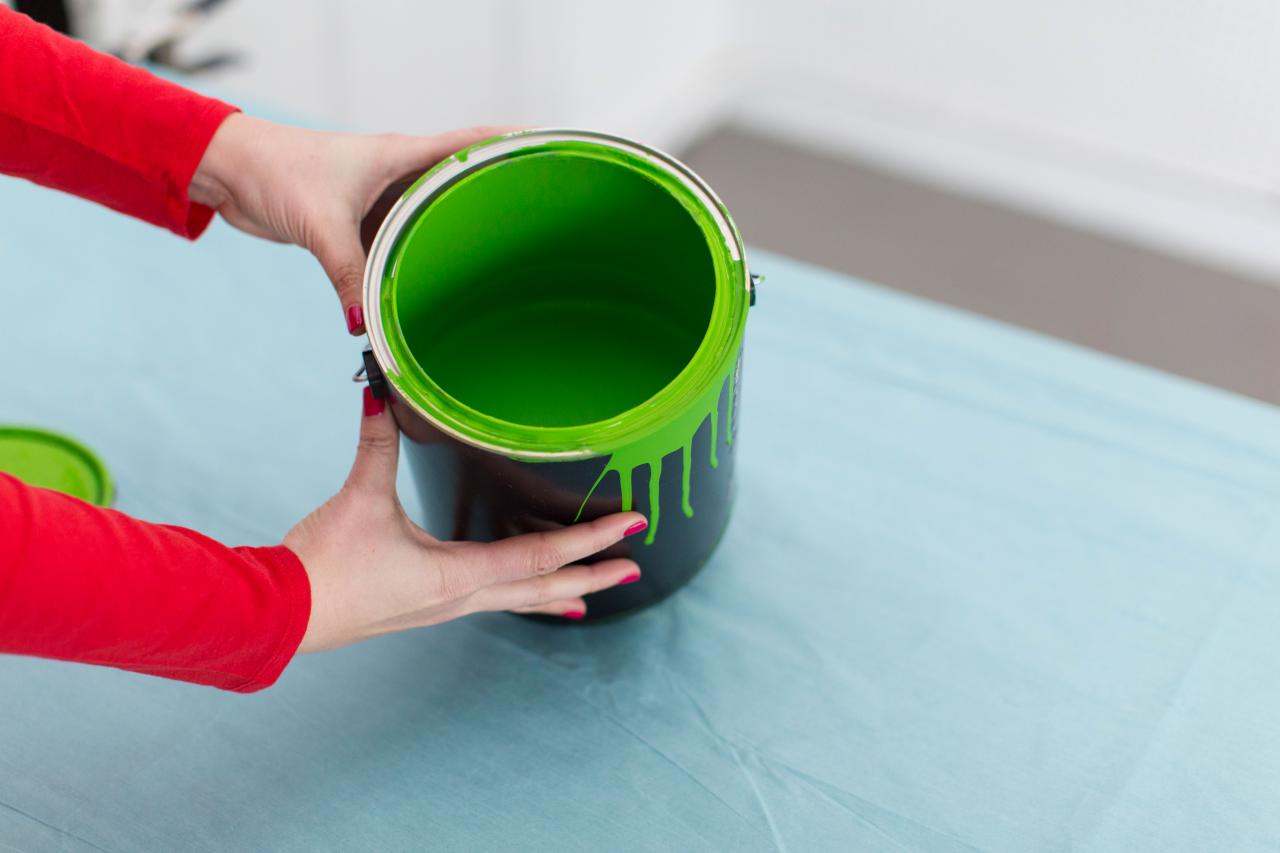


0 thoughts on “How To Store Leftover Guacamole”